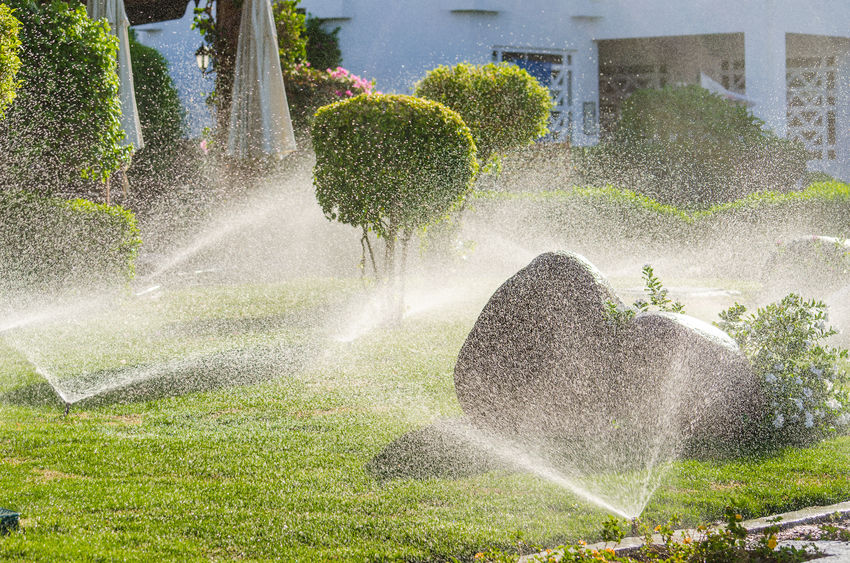
Having a lush green lawn can greatly enhance the beauty of your home. One of the key elements to achieving and maintaining a healthy lawn is proper watering. Installing a lawn sprinkler system can simplify the process and ensure that your lawn gets the right amount of water at the right time. In this DIY guide, we will take you through the steps to install your own lawn sprinkler system installation and transform your yard into a vibrant paradise.
Step-by-Step Guide to Installing a DIY Lawn Sprinkler System
1. Plan Your System
- Determine the layout of your lawn and where the sprinkler heads will be placed.
- Consider the water source and the water pressure available.
- Map out the zones that will be covered by the sprinkler system.
2. Gather the Necessary Tools and Materials
Make sure you have all the tools and materials required for the installation:
- Sprinkler heads
- Pipes and fittings
- Solenoid valves
- Controller/timer
- PVC primer and cement
- Trenching shovel
- Measuring tape
3. Determine Water Supply and Pressure
Check your water source to ensure that it can supply enough water for your sprinkler system. Measure the water pressure to determine if a pressure regulator is needed.
4. Lay Out the System
Mark the locations for the sprinkler heads and the mainline. Use a trenching shovel to dig trenches for the pipes.
5. Assemble the Components
Connect the pipes, fittings, and valves according to your planned layout. Use PVC primer and cement to ensure a secure connection.
6. Install the Sprinkler Heads
Attach the sprinkler heads to the risers and position them in the designated areas. Make sure they are level and adjust the spray pattern as needed.
7. Connect the System to the Water Supply
Connect the mainline to the water source using a backflow preventer to prevent contamination. Install a shut-off valve for easy maintenance.
8. Install the Controller
Mount the controller in a convenient location and connect the wires to the solenoid valves. Program the controller with the watering schedule for each zone.
9. Test the System
Turn on the water supply and test each zone to ensure that the sprinklers are functioning properly and covering the desired areas. Make any adjustments as needed.
10. Finishing Touches
Backfill the trenches and cover them with soil. Trim any excess pipe lengths and secure them in place. Monitor the system regularly to ensure proper functioning.
Benefits of Installing a Lawn Sprinkler System
- Efficient watering: Ensures that your lawn receives the right amount of water without wastage.
- Convenience: Set it and forget it with automated scheduling.
- Healthy lawn: Promotes healthy grass growth and reduces the risk of over or under-watering.
- Increased property value: A well-maintained lawn can boost your home's curb appeal.
- Time-saving: Spend less time watering manually and more time enjoying your beautiful lawn.
Conclusion
By following these 10 steps, you can install your own DIY lawn sprinkler system and enjoy a lush green paradise right in your own backyard. Proper watering is essential for a healthy lawn, and a sprinkler system can make the process more efficient and effective. Transform your yard into a vibrant oasis with a well-planned and installed sprinkler system.